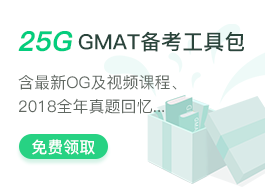题目信息
The rate of health complications of patients on intravenous (IV) therapy at a particular hospital was higher than usual. Government inspectors found that the typical IV solutions used in this hospital had somewhat high concentrations of sodium and potassium, which were raising patients' blood pressure and taxing their kidneys. The government inspectors mandated lowering the sodium and potassium in these IV preparations, and threatened with a possible government fine. In compliance, the hospital lowered the sodium and potassium levels in the IV solutions to the correct levels. Nevertheless, patients on IV therapy at that hospital continued to have a high rate of health complications.
Which of the following, if true, most helps to explain why acting on the government inspectors' recommendations failed to achieve its goal?
Which of the following, if true, most helps to explain why acting on the government inspectors' recommendations failed to achieve its goal?
A:The change in IV solution procedure meant a number of related legal documents had to be renegotiated and rewritten, at great cost.
B:When sodium and potassium levels in the blood fall below their baseline level, it can damage cells throughout the body by reverse osmosis.
C:It is typical for a patient's appetite to increase to healthy levels once they have completed a course of IV therapy.
D:A high proportion of patients at this hospital are older, and older patients are more vulnerable to infections that can accompany IVs.
E:Because the findings were published in the news, some patients have chosen to use another hospital in the region.
参考答案及共享解析

共享解析来源为网络权威资源、GMAT高分考生等; 如有疑问,欢迎在评论区提问与讨论
本题耗时:
已选答案:
正确答案:
D:A high proportion of patients at this hospital are older, and older patients are more vulnerable to infections that can accompany IVs.
权威答案解析正在整理中,即将上线。
 加入收藏
加入收藏
 在线答疑
在线答疑
题目来源
Magoosh



























